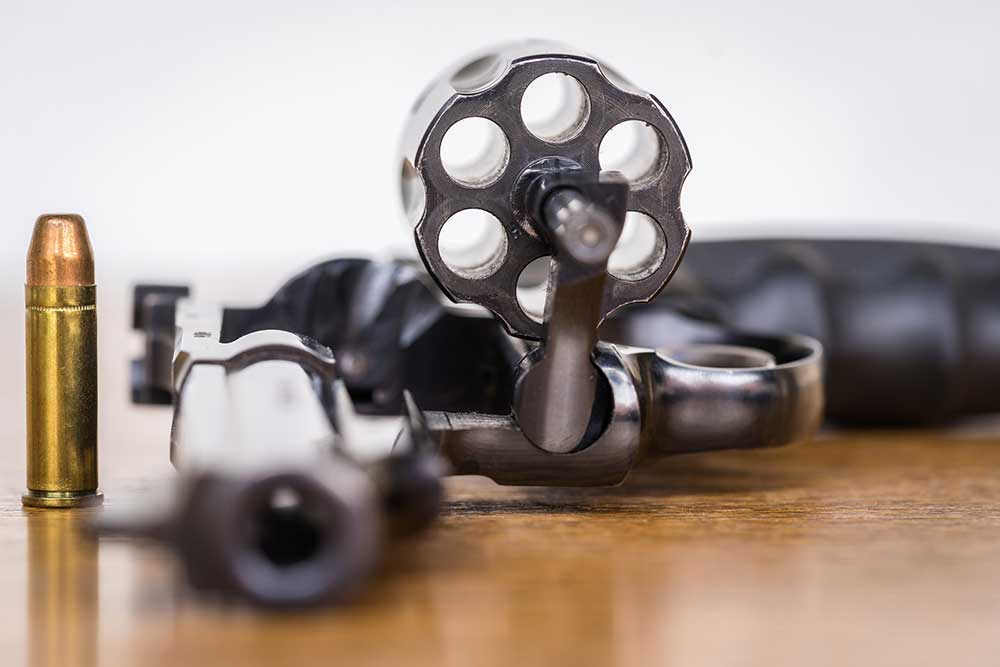My career in ornamental horticulture has led to the development of a working theory: Ornamental grasses are an acquired taste for most gardeners. This theory grew from personal experience (my tastes have changed significantly since growing up gardening on the Front Range) and from similar opinions expressed by several folks I’ve coached. I think this delayed appreciation stems from a realization that grasses can excel where perennials fail. Ornamental grasses may lack flash, but they offer four-season appeal, eye-catching forms and textures, and superior tolerance to harsh weather; in addition, they give gardens an immersive feel thanks to their penchant for gentle movement.
Two grass categories
To effectively use ornamental grasses, the gardener needs to understand a bit about their biology. Broadly speaking, ornamental grasses are broken into two categories in horticulture: cool-season grasses, which grow most vigorously when temperatures range from 60° to 75°F, and warm-season grasses, which grow most vigorously when temperatures range from 75° to 90°F. As a result of their temperature preferences, cool-season grasses tend to do well in mountain communities, while both cool- and warm-season grasses do well in warmer environs. That being said, it is typical for cool-season grasses to go through a rather scraggly summer dormancy in warm locations.
Since warm-season grasses transplant best in late spring and early summer, this article aims to introduce you to a few that shine in our region in time for them to be transplanted this year. If you’re looking for cool-season grasses, be sure to keep an eye out for a follow-up article in time for their transplanting in late summer to fall.
Blue grama
Bouteloua gracilis, Zones 3–10
One of the grasses that dominated the shortgrass prairie before European colonization of the continent, blue grama can still be found throughout our region. You’ll see it frequently on dry roadsides on the plains, on slopes in the foothills, in sagebrush communities and piñon-juniper woodlands, and occasionally into the montane. With such a broad distribution and range of suitable environments, it’s no surprise that this grass tolerates a range of cultural conditions and challenges. You’ll find this grass is unperturbed by baking hot sites, cold temperatures, poor soils, and animal browsing. Blue grama produces clumping sprays of fine-textured leaves from late spring on, and come summer it follows with upright sprays of instantly recognizable, eyebrow-like flowers above.
This species is one of the better warm-season grasses for higher elevation gardens, as it is hardy to USDA Zone 3 and blooms early enough for the gardener to enjoy its flowers before frost halts its growth. If you avoid siting plants where they will sit wet for extended periods or be shaded, you’ll find this xeric species is an easy win.

Seep muhly
Muhlenbergia reverchonii, Zones 5–10
Lower elevation portions of our region have a spread of options. For spaces requiring an open line of sight, such as parkway strips and bed edges, consider seep muhly. Introduced to our region under the name Undaunted® Ruby Muhly by Lauren Springer and Scott Ogden, the plant shows amazing hardiness despite its Southern Plains origins; it’s a true Zone 5. Plants mature slowly, taking about three years to reach 2 feet high and 3 feet wide, but they draw garden visitors like moths to a flame when they envelop themselves in mulberry clouds of flowing seed heads in autumn. Before bloom, seep muhly makes an attractive, low-fuss background player similar to blue grama, producing tufts of richly green, fine-textured foliage. While adaptable to a range of soil moisture levels, this species requires a period of warm nights in late summer or early fall to initiate a strong bloom. So while the species may excel in Denver, it is not as suitable for mountain gardens.

Little bluestem
Schizachyrium scoparium, Zones 3–10
Little bluestem is a widely adaptable, native warm-season grass that’s more tolerant of cool nights than seep muhly, though probably not as much as blue grama. Hardy to Zone 3, this grass prefers some soil moisture to initiate its bloom. It can be spotted in mixed meadows and shrub communities from the plains to moderate elevations (through the foothills and piñon-juniper communities). Like both the above species, little bluestem keeps a low profile as a green tuft in early summer, but it springs skyward in late summer and early fall, producing a strongly vertical inflorescence composed of many narrow, cylindrical stems that wave together in a light breeze. I particularly appreciate using this species in bands as a backing or visual break for a dominant color scheme where its upright, late-season presence helps to divide or tame busy designs.
Those of us in warmer stretches of the Rocky Mountain region can take our pick when it comes to warm-season grasses; after all, they were among the species that once dominated our prairies, making them well adapted to our gardens. Despite their adaptability, some plants may require irrigation to keep them looking spry during dry and hot periods in the growing season. This is particularly true on the western slope of the Rockies, where hot and dry periods are more common. At higher elevations, consider siting grasses tolerant of cooler nights in warmer microclimates, such as in medians or on the southern side of buildings (where they benefit from radiant heat).
Keep your eyes peeled for my cool-season grass recommendations later in the 2024 growing season.
More on ornamental grasses:
And for more Mountain West regional reports, click here.
Bryan Fischer lives and gardens at the intersection of the Great Plains and the Rockies. He is a horticulturist and the curator of plant collections for a local botanic garden.
Photos: Bryan Fischer





